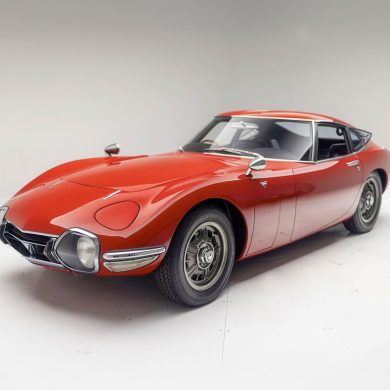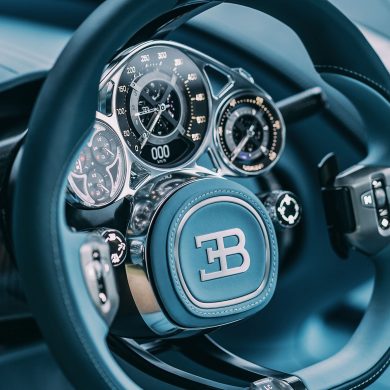A 2004 Ferrari F360 for €20,000, anyone? Or, if you prefer something a little more vintage: a 1985 328 GTB for the same price, perhaps? In fact, you could have pretty well any Ferrari you wanted for between €20,000 and €50,000. Imagine if you will, a 312 Scaglietti for €50,000 instead of the €203,000 that everyone else pays on the second-hand market.
But the Italian financial police (the Guardia di Finanza) have put a stop to all that. They raided a workshop near Agrigento, Sicily, in late February, where they found no fewer than 21 “Ferraris,” 14 of them already sold and 7 under construction. And they were all fakes! All brilliantly executed by body specialists and mechanics of extraordinary talent, with original registration documents, so they were street legal, but made of a mishmash of components few of which had ever seen the inside of the Maranello factory.
It was, in fact, Ferrari S.p.A itself that tipped off the Guardia di Finanza about the counterfeit cars and the Guardia took it from there. Undercover investigations led to the Agrigento workshop, which the police raided, only to find their haul included a shiny new “F360” ready to leave the premises for delivery.
According to the Guardia, the counterfeiters’ customers, who are scattered about all over Italy, knew what they were buying, but the temptation of paying comparative peanuts to have a “Ferrari” sitting in the garage was too great. At the moment, the financial police are proceeding against the makers and sellers of the fakes, but there are parallel investigations going on concerning the buyers.
With such widespread sales that included enthusiasts in Italy’s prosperous industrial north, the police are worried. Because those cobbled-together but beautifully built fakes were never officially pronounced roadworthy, they are considered a threat to public safety and to anyone who travels in them. In short, death traps. The cars were made from old Pontiac chassis, which apparently best adapt themselves to counterfeit Ferraris, the engines of other marques suitably modified for the purpose, old Ferrari parts like steering wheels, dashboards, gear levers, and prancing horse badges, all wrapped up in homemade glass fiber bodies.
The Guardia arrested and charged the cloned Ferraris’ 15 body builders and mechanics with criminal association, fraud, counterfeiting, receiving stolen goods, and confiscated the cars.
By Robert Newman










